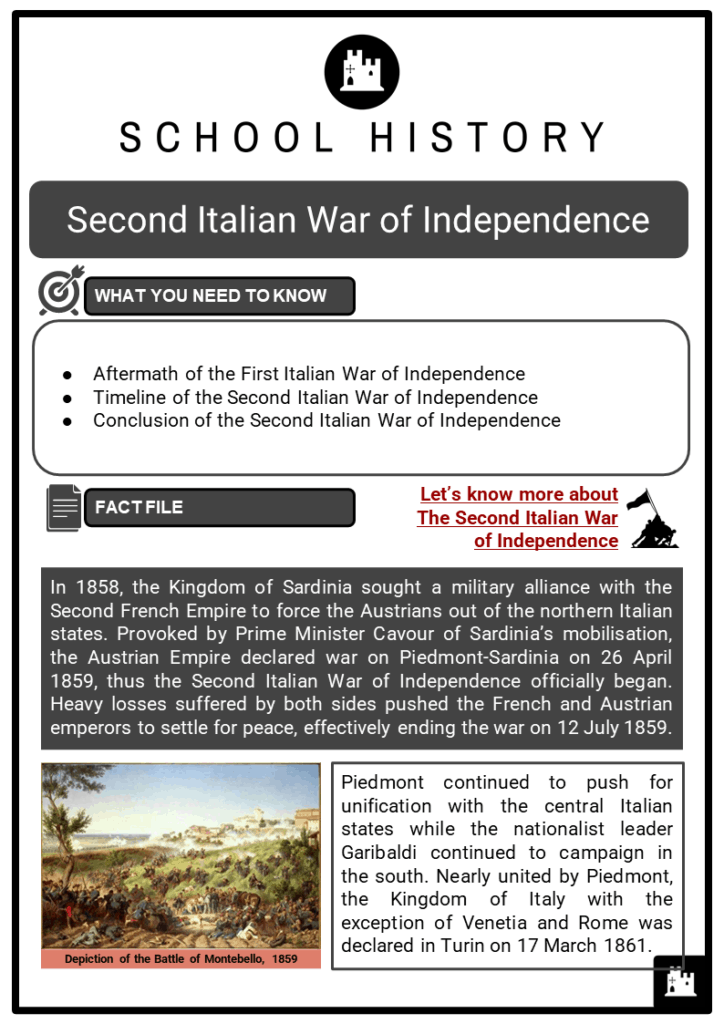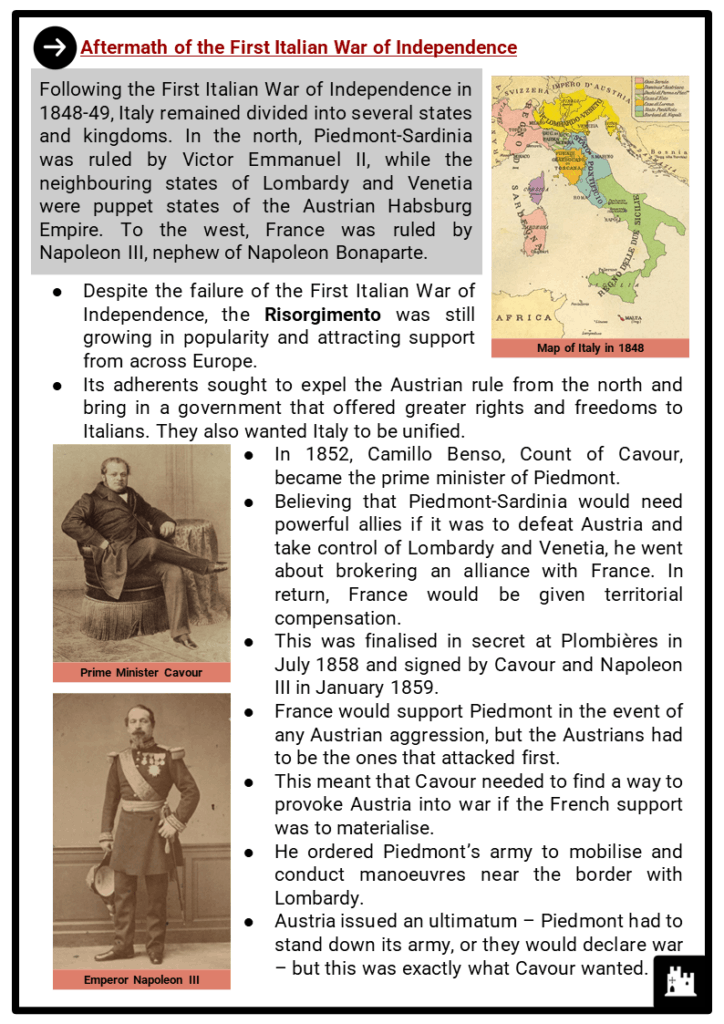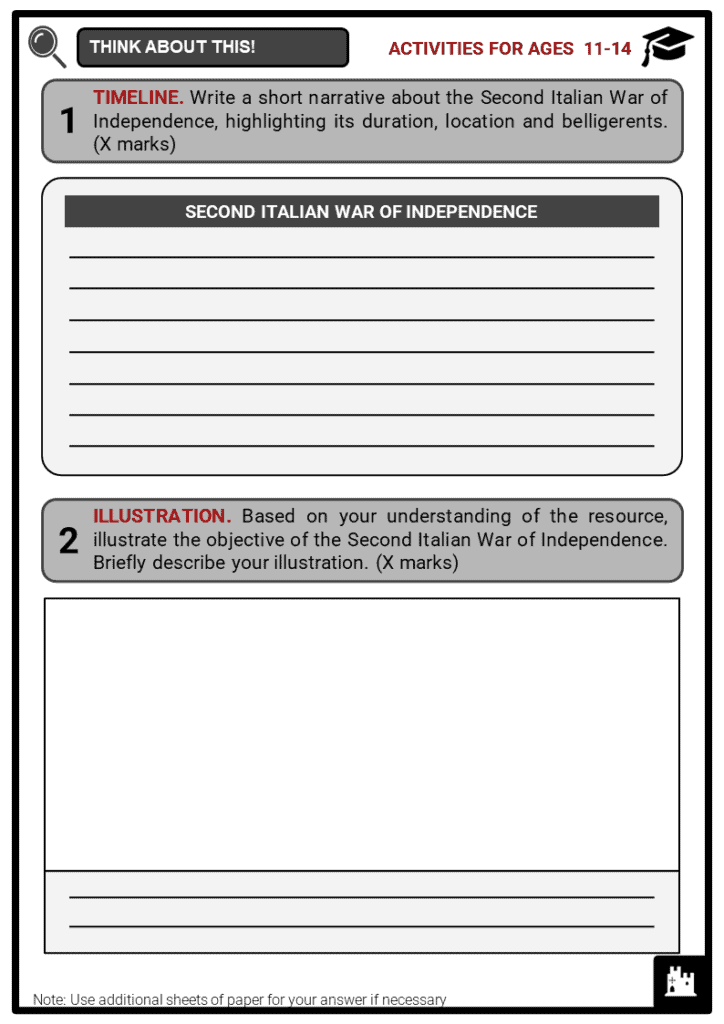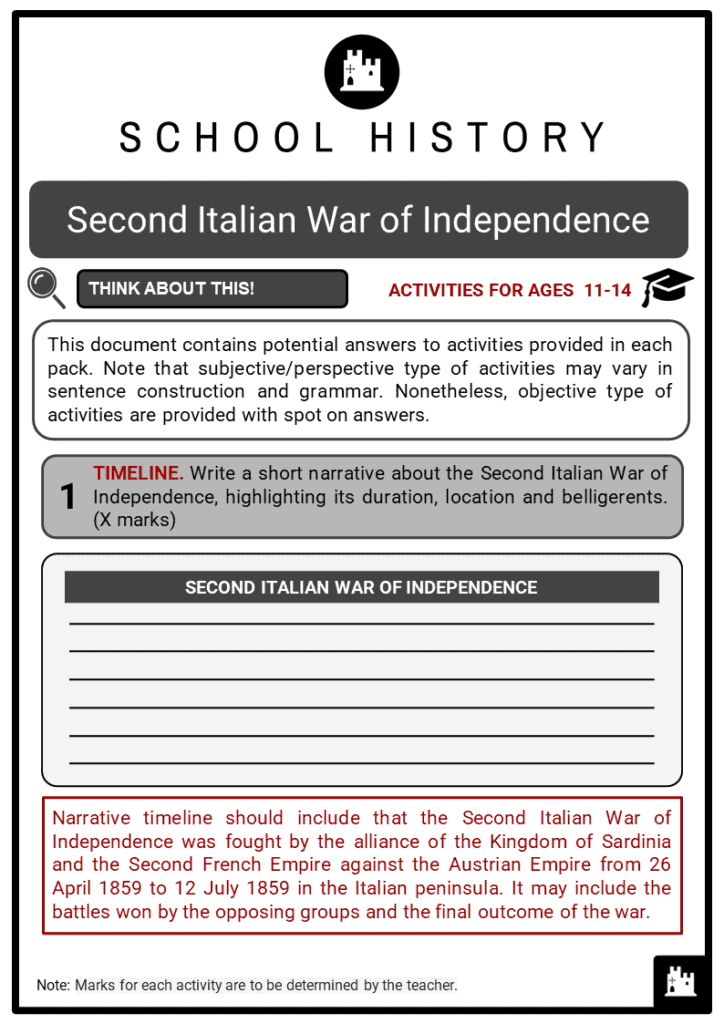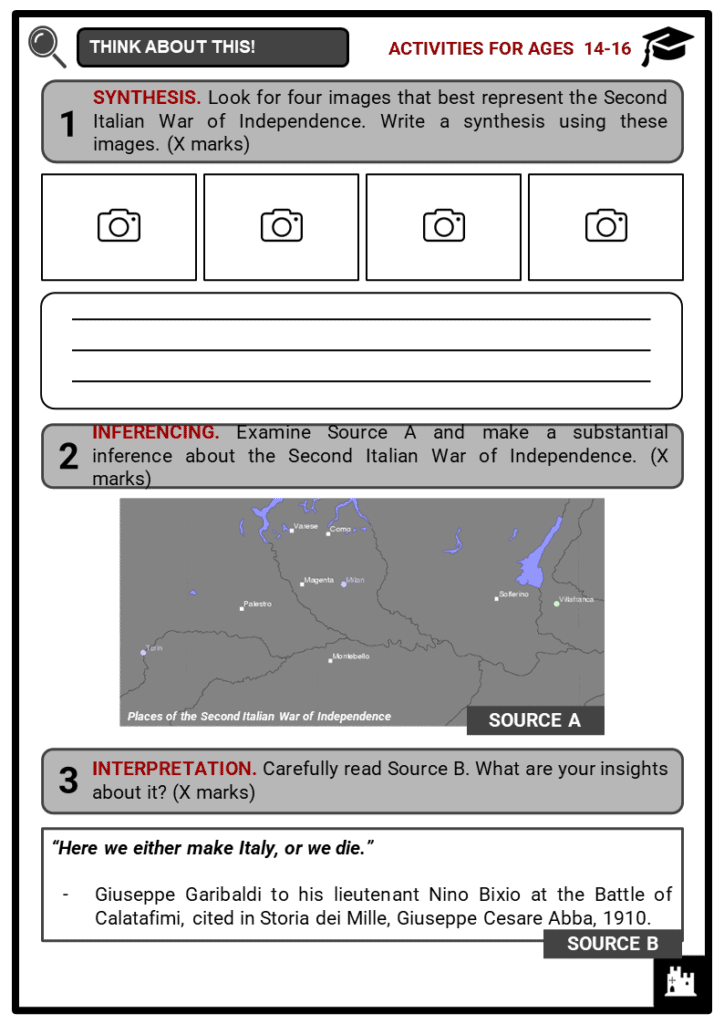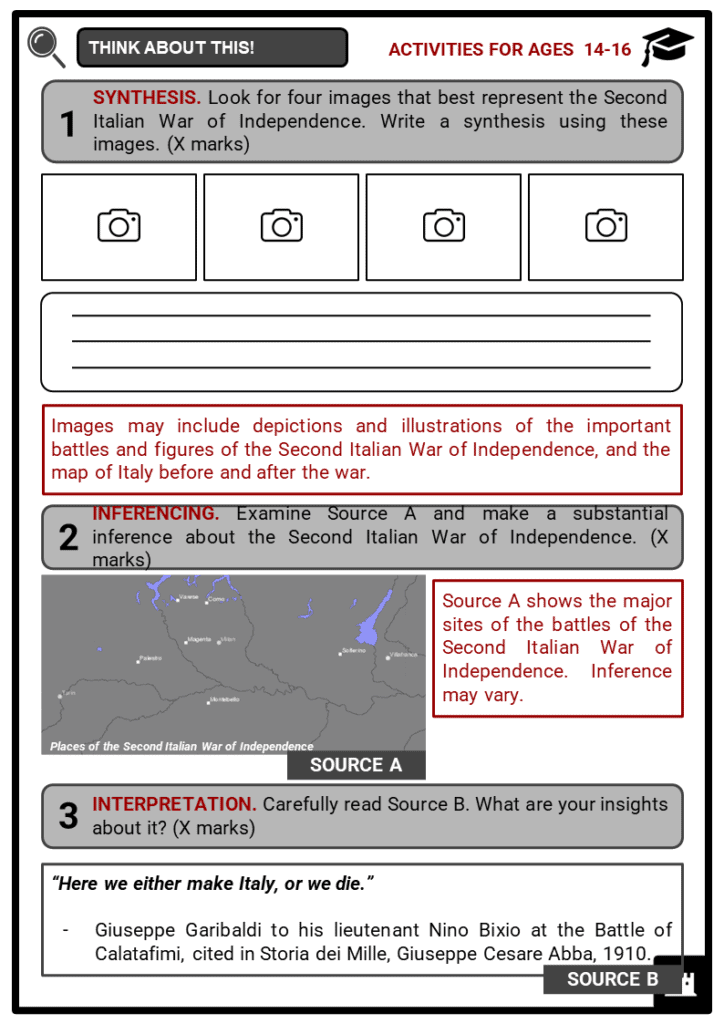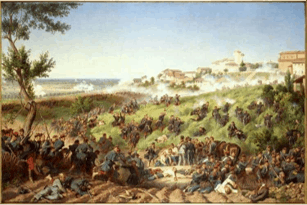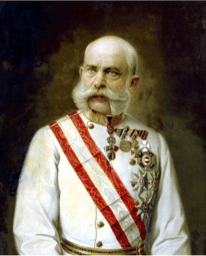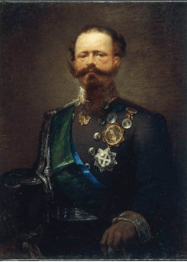Download Second Italian War of Independence Worksheets
Do you want to save dozens of hours in time? Get your evenings and weekends back? Be able to teach Second Italian War of Independence to your students?
Our worksheet bundle includes a fact file and printable worksheets and student activities. Perfect for both the classroom and homeschooling!
Table of Contents
Add a header to begin generating the table of contents
Summary
- Aftermath of the First Italian War of Independence
- Timeline of the Second Italian War of Independence
- Conclusion of the Second Italian War of Independence
Key Facts And Information
Let’s know more about The Second Italian War of Independence!
- In 1858, the Kingdom of Sardinia sought a military alliance with the Second French Empire to force the Austrians out of the northern Italian states. Provoked by Prime Minister Cavour of Sardinia’s mobilisation, the Austrian Empire declared war on Piedmont-Sardinia on 26 April 1859, thus the Second Italian War of Independence officially began. Heavy losses suffered by both sides pushed the French and Austrian emperors to settle for peace, effectively ending the war on 12 July 1859.
- Piedmont continued to push for unification with the central Italian states while the nationalist leader Garibaldi continued to campaign in the south. Nearly united by Piedmont, the Kingdom of Italy with the exception of Venetia and Rome was declared in Turin on 17 March 1861.
Aftermath of the First Italian War of Independence
- Following the First Italian War of Independence in 1848-49, Italy remained divided into several states and kingdoms. In the north, Piedmont-Sardinia was ruled by Victor Emmanuel II, while the neighbouring states of Lombardy and Venetia were puppet states of the Austrian Habsburg Empire. To the west, France was ruled by Napoleon III, nephew of Napoleon Bonaparte.
- Despite the failure of the First Italian War of Independence, the Risorgimento was still growing in popularity and attracting support from across Europe.
- Its adherents sought to expel the Austrian rule from the north and bring in a government that offered greater rights and freedoms to Italians. They also wanted Italy to be unified.
- In 1852, Camillo Benso, Count of Cavour, became the prime minister of Piedmont.
- Believing that Piedmont-Sardinia would need powerful allies if it was to defeat Austria and take control of Lombardy and Venetia, he went about brokering an alliance with France. In return, France would be given territorial compensation.
- This was finalised in secret at Plombières in July 1858 and signed by Cavour and Napoleon III in January 1859.
- France would support Piedmont in the event of any Austrian aggression, but the Austrians had to be the ones that attacked first.
- This meant that Cavour needed to find a way to provoke Austria into war if the French support was to materialise.
- He ordered Piedmont’s army to mobilise and conduct manoeuvres near the border with Lombardy.
- Austria issued an ultimatum – Piedmont had to stand down its army, or they would declare war – but this was exactly what Cavour wanted.
- The ultimatum was rejected and Austria declared war on Piedmont on 26 April 1859. At this time, Austria was fairly isolated in the international community, and would have to rely on its own armies, but Piedmont could now count on France, which declared war on Austria on 3 May.
Timeline of the Second Italian War of Independence
- Also known as the Franco-Austrian War, the Second Italian War of Independence officially began on 26 April 1859 and lasted until 12 July 1859. It was fought by the alliance of the Kingdom of Sardinia and the Second French Empire against the Austrian Empire.
- During the first couple of weeks of the war, Austria had the opportunity to defeat Piedmont-Sardinia before its French allies could arrive. However, the Austrian commander, Field Marshal Ferenc Gyulay, failed to move quickly enough to accomplish this.
- The Sardinians hindered the enemy advance towards their capital, Turin, by flooding the rice fields en route. On 9 May, the Sardinians and some French units managed to stop the Austrians gaining control of the Po River crossings around Casale Monferrato. The Italian defensive moves had been successful – Austria had failed to strike an early blow against them, and on 12 May Napoleon III arrived at the port of Genoa to take command of the tens of thousands of his troops that were by then in Piedmont.
- On 20 May, thousands of troops fought at Montebello in the first battle of the war. Despite being outnumbered, the French and Sardinian troops managed to drive the Austrians out of the village of Montebello and force them to retreat.
- Meanwhile, Italian nationalist Giuseppe Garibaldi had been allowed to form his own army corps and was using it to assist the Sardinians in liberating northern Italy.
- His troops were mostly men who had escaped Austrian-held Lombardy to fight for the cause, and they were dubbed the ‘Hunters of the Alps’. On 26 May, Garibaldi led his Hunters to their first victory at the Battle of Varese, followed the next day by another triumph at San Fermo. As he forced the Austrians in the area to retreat eastwards, Garibaldi was able to capture the city of Como unopposed.
- To the south, the Franco-Sardinian army was also on the move, attempting to cross from Piedmont into Austrian Lombardy. At the Battle of Palestro on 30-31 May, the allies captured several border towns and forced the Austrians back. After observing some of the battle from a bell tower, Victor Emmanuel II personally led Italian reinforcements to support the French.
- By 4 June, the French and Sardinian allies were well into Lombardy and advancing on Milan. They met the Austrians at Magenta in the first pivotal battle of the war. In a struggle for bridges over the Ticino River, the Austrians appeared at first to be gaining the upper hand until a brigade of French reinforcements arrived to tip the situation in the allies’ favour.
- Again the Austrians were forced to retreat, a move that essentially handed Milan and the state of Lombardy itself to the Franco-Sardinians. The defeat led to the resignation of the Austrian commander, Gyulay, and his replacement by the Austrian emperor himself, Franz Josef I.
- Franz Josef I reorganised his armies and withdrew them to the Mincio River, the border between Lombardy and Venetia. However, he did not plan to keep them there but instead launched a counterattack to try and retake Lombardy. The Austrian armies met the French and Italians at Solferino on 24 June, in what would prove to be the war’s decisive clash.
- The Austrians held their positions all day, but faced difficulties as they were split into three forces, the centre being at Solferino while two other units fought to the north and south, at San Martino and Medole respectively.
- The Sardinian troops at San Martino fought all day despite being outnumbered, and prevented their Austrian opponents from being able to support their comrades at Solferino. The Austrian positions were finally captured that night.
- Only a couple of hours earlier, French reserve troops had finally broken through in the centre of the battlefield at Solferino itself. The Austrians in the south at Medole had also been forced to retreat after a day’s hard fighting. Franz Josef I’s armies withdrew to their Quadrilateral fortresses at Verona, Peschiera, Legnago and Mantua.
Conclusion of the Second Italian War of Independence
- The French and Sardinian allies had claimed victory over the Austrians in Lombardy, but losses had been heavy on both sides. The fate of wounded soldiers left behind on the battlefield was so shocking to observers that, a few years later, it inspired the foundation of the international Red Cross organisation and the signing of the Geneva Convention, to ensure that injured service personnel were treated humanely.
- The two emperors involved, Franz Josef I and Napoleon III, were both concerned about the scale of the losses and how they might affect their popularity and prestige in their home countries.
- They decided to meet to discuss a peace treaty, controversially failing to include the Sardinians in the talks.
- It was agreed that Lombardy would be ceded to France, who would then pass it straight on to Sardinia.
- Venetia would remain in Austrian hands, and Sardinia would give the Duchy of Savoy and the County of Nice to France.
- It was intended that the pre-war rulers of the other Italian states would be restored, partly to stop Piedmont-Sardinia becoming too powerful by taking control of the smaller states.
- These terms were all made official in the Peace of Villafranca, signed on 11 July 1859.
- When the treaty was made public, Prime Minister Cavour of Sardinia resigned in protest over the terms and the lack of Sardinian inclusion.
- However, the reality did not play out as the two emperors had hoped.
- It was not long before they realised that they could not compel the central Italian states to reinstate their rulers or stop them from uniting with Sardinia.
- In November that year, this was acknowledged in the Peace of Zurich, and a few months later the states of Parma, Tuscany, Modena, the Romagna and the Papal Legations all voted to be annexed to Sardinia.
- This was not enough for Giuseppe Garibaldi, who wanted to eject the Bourbon dynasty from the south, where it ruled Sicily and Naples.
- Waiting for the opportune moment, on 11 May 1860 he landed in Sicily with 1,000 men shortly after the start of an uprising against the Bourbons.
- His campaign was supported secretly by Piedmont-Sardinia, although it attracted some protests from other nations. However, no other country actively tried to stop him.
- On 15 May 1860 at the Battle of Calatafimi, Garibaldi’s army, using outdated guns, defeated a larger and better equipped force of troops sent from Naples.
- The victory inspired many more Sicilians to join Garibaldi’s cause.
- Over the next few months, Garibaldi managed to advance right across Sicily, crossing to the mainland during the third week of August.
- His successes continued, and the Bourbon ruler of Naples, Francis II, decided to abandon his city without defending it.
- Garibaldi entered Naples in triumph on 7 September.
- Four days later, Piedmont-Sardinia invaded the Papal States. Neither France nor Austria could do anything to stop them, and the pope’s territory was reduced to just Rome and the surrounding Lazio region. Piedmont also moved to support Garibaldi against the ruler of Naples, forcing the Bourbon’s final surrender. Piedmont had now united nearly the entire Italian peninsula under its rule, except Venetia and Rome. On 17 March 1861, the Kingdom of Italy was proclaimed in its new capital Turin, with Victor Emmanuel II becoming its first king.
Image sources:

